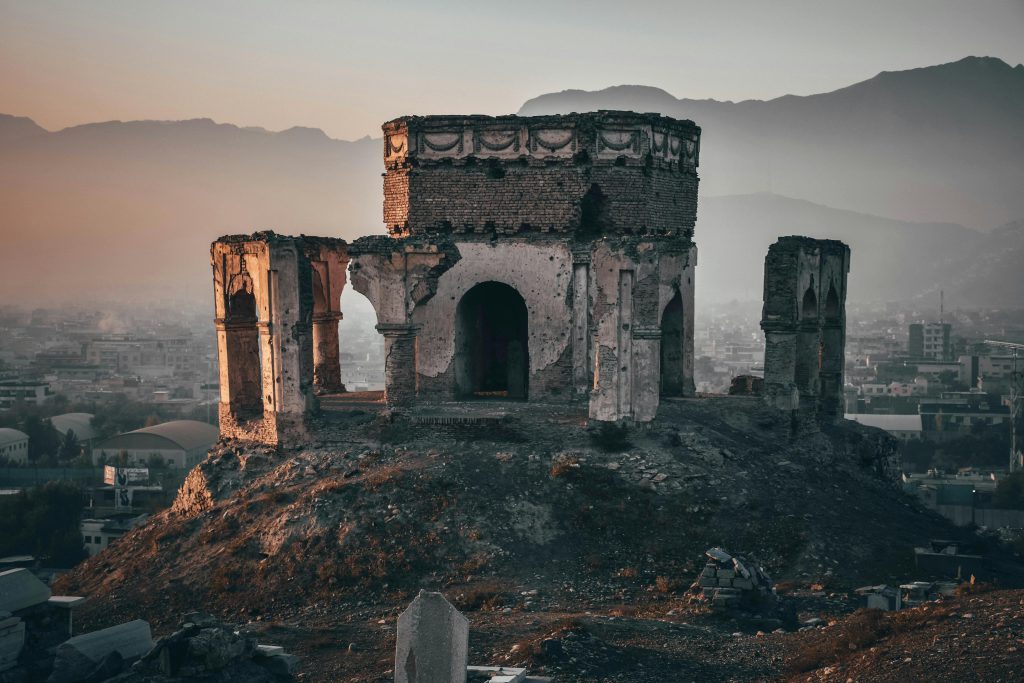Cultural Heritage in conflicts and wars
War and armed conflicts affect many aspects of life. As well as the humanitarian toll it takes, conflicts often involve damage to and the destruction of cultural heritage as well as the looting of artefacts. Cultural heritage has been deliberately targeted in recent conflicts and wars, and the more we talk about cultural heritage and its value and the importance of protecting it, the more interesting it becomes for some groups to target it [1].
In 1945 we read about the horror through the voices of the survivors of the Second World War and, after a poorly learnt lesson, we are doing so again through the pictures and accounts of refugees fleeing war now. The issue remains unfortunately crucial: the cultural heritage is vulnerable and the will to conserve heritage in conflict zones as a symbol of security and identity, perhaps to establish a common language beyond the chaos, is not always taken for granted [2].
Cultural heritage becomes collateral damage more when it is part of the devastation of war, vandalism, pillaging or occupations. Moreover, it becomes a military target in the hands of those in power and a strategy of oppression of the enemy as can be seen in the actions of the Islamic State. There is sometimes a clear attempt to impose a new order to displace the previous one, systematically erasing the cultural vestiges and, with them, the connection with the identity of a people. We can add to this an economic cause, where the sale of archaeological pieces and old books on the black-market acts as funding for the armed struggle [3].
Despite assumptions to the contrary, the preservation of cultural heritage is possible in a conflict. Prior successful initiatives point to three interventions that the international community can support:
(1) implementation of rapid emergency plans
(2) temporary supplemental funding for continuity in the cultural sector
(3) resettlement for at-risk cultural workers.
Additional private partnerships are needed to share expertise, support effective local responses, and supplement scarce intergovernmental organizations and governmental funds [4].
The deliberate destruction of cultural heritage can be considered a war crime (according to the Rome Statute of the International Criminal Court) and, in this context, the protection of monuments and artistic production works is another factor, in creating peace. Therefore, the laws and the coordination of diplomatic actions are established, but the core seems somewhat absurd when, ultimately, it depends only on the decision to declare war. The president of the International Committee on Intellectual Cooperation summarized this idea in the following observation in 1932: “If we have enough good sense to respect monuments and works of art, it would be better to start by having the good sense not to make war” [3].
[2] https://www.iemed.org/publication/cultural-heritage-and-war/
[3] https://www.iemed.org/publication/cultural-heritage-and-war/
[4] https://gjia.georgetown.edu/2022/05/09/protecting-cultural-heritage-during-conflict/



